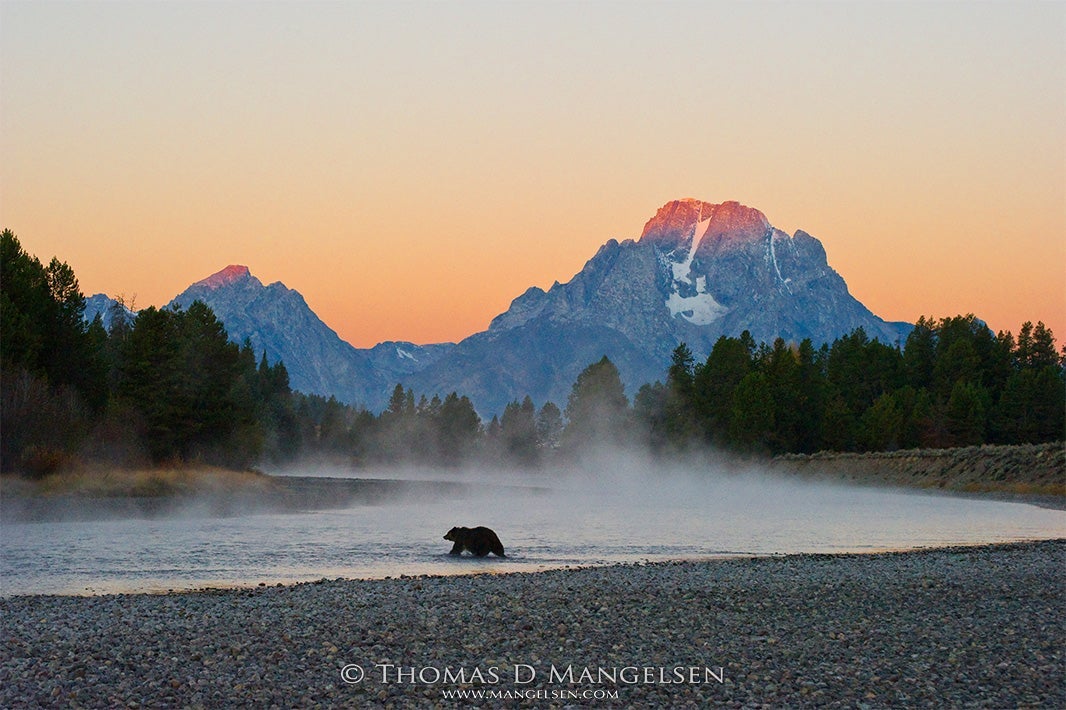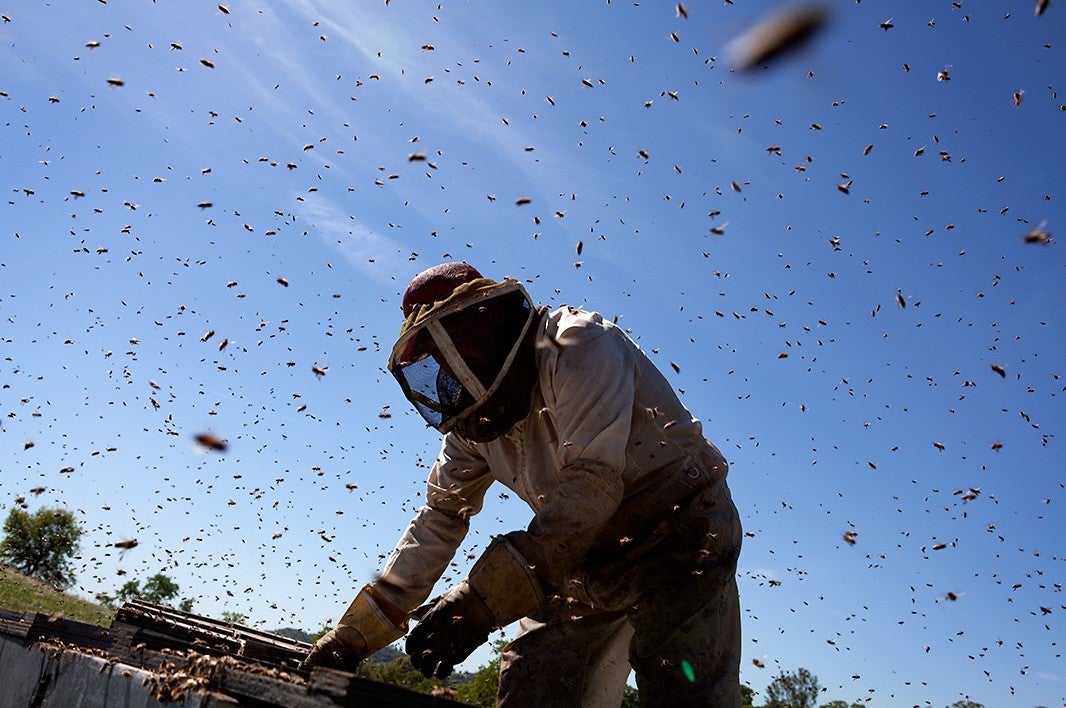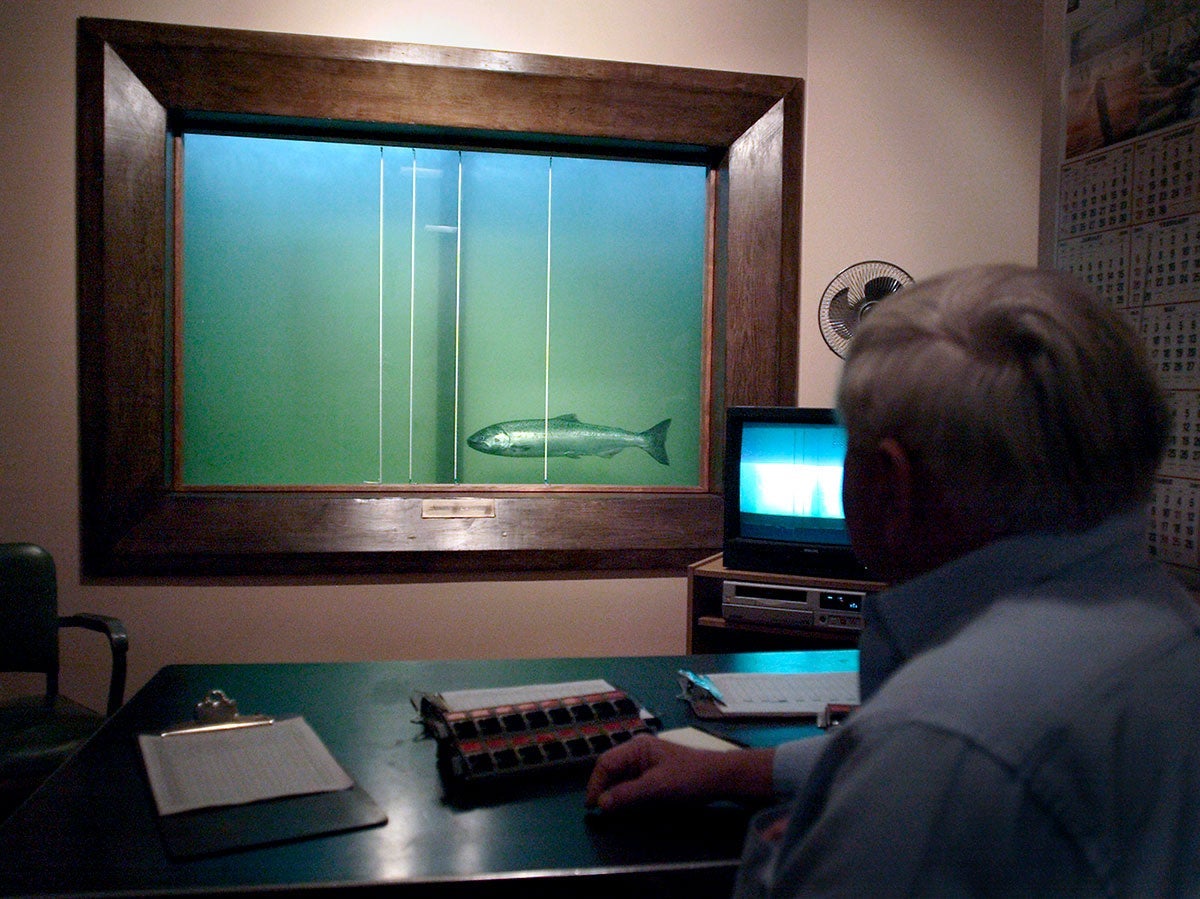Nearly 40% all species may face extinction by the end of this century. Here’s how we can save them.

The grizzlies of Yellowstone were spared trophy hunts, thanks to litigation brought by Earthjustice and our clients.
There’s still time to stop one million of the planet’s plants and animals from vanishing forever — but not very much.
Scientists predict that on our current trajectory of habitat loss and global warming, nearly 40% of all species will face extinction by the end of this century. Their disappearance will upend ecosystems and destabilize human civilization.
To sustain the earth’s biodiversity, we’ll need new protections and better enforcement of the existing ones. We have about a decade to achieve urgent, transformative change.
Earthjustice is working on multiple fronts to give the earth’s species a fighting chance. Learn what’s causing species to die off, what it means for the planet, and how we can use the power of the law to save them.
Why is biodiversity loss a very bad thing for humans and the planet?
Other species make the earth habitable for humans

This biodiversity crisis has two pieces:
1. We’re losing species altogether.
2. Even species that aren’t at immediate risk of extinction are thinning out, and that imperils other species that depend on them. Scientists estimate that vertebrate species have declined by an average of 70% in the last half century.
Other species make the earth habitable for humans. Say there’s a species of insects that eats pests on our crops — if you destroy half the individuals of that species, you’ve got a whole lot less pest control going on.
There’s also the intrinsic value of non-human life. These are living beings that we have shared the planet with for millennia. They have just the same right to existence that we do. They are species that our parents and their parents stewarded and cared for, looked at in wonder, and enjoyed. Ours could be the first generation that fails in that stewardship duty.
Failing to protect all species is a planetary injustice, in addition to being potentially lethal.
Close Section
What are the main drivers causing species die-off?
Habitat destruction, overutilization, chemical pollution — and climate change

A lot of things that humans do.
1. The biggest driver is habitat destruction: humans transforming habitats for their own purposes. Resource-extractive industry practices, like clear-cutting trees, drilling for oil and gas, and mining, destroy habitats. Real-estate development in places that have been off limits before is also causing populations to drop.
2. The second driver is what scientists call overutilization: humans exploiting natural resources for mass consumption, faster than the earth can replenish them. That includes overharvesting plants for industrial agriculture, and overfishing. For example, humans sustainably caught fish for millennia without exceeding the ocean’s seafood supply; but with the advent of industrial fishing, humans started extracting more fish than the sea could provide, causing fish populations to crash.
3. The third driver is chemical pollution. This in particular is causing insect populations to collapse, which are critical for most of the ecosystem services on which we depend.
In the midst of all this, climate change is an ascending factor that is worsening the effects of all these drivers. As the planet warms, habitats become inhospitable — too hot, too dry. A species either needs to move habitat, which it may not be able to do (because the ground between their current home and the next livable place is being developed by humans), or it dies out.
An example of how all these factors combine is our case to protect salmon in the Columbia-Snake River ecosystems of the Pacific Northwest. Salmon require cool waters to survive, but the rivers are warming due to climate change. They need to access higher, cooler river habitat. There is habitat available in central Idaho — but they can’t get to it, because of the dams blocking the river system.
So now the salmon are dying, which affects all the other species that depend on them. That’s the type of migration that needs to happen to mitigate the effects of climate change, but human influences stop that from happening.
Close Section
How is Earthjustice fighting to protect species and natural habitats?
We have a long-term commitment to protect ecosystems across the nation

In 2021, Earthjustice launched its Biodiversity Defense Program, which focuses its attention on confronting the biggest drivers of biodiversity loss, including habitat destruction and over-exploitation of wildlife. The program has hit the ground running with its efforts to protect the iconic gray wolf from persecution; ensure the threatened red knot migratory shorebird has adequate food supply in Delaware Bay; and save starving manatees from unchecked water pollution that threatens their food supply.
We also continue to litigate against former President Trump’s attempt to lease our public lands to fossil fuel companies. We’ve filed and won a series of lawsuits that throw out hundreds of federal oil and gas leases that Trump tried to issue illegally — some of which contain essential habitats for imperiled species like the greater sage-grouse.
We have a long-term commitment to protecting ecosystems across the nation against anyone who might hurt them. If you’re a resource-extractive industry and you want to do something that might harm the Greater Yellowstone ecosystem in the Northern Rockies, or the Grand Canyon ecosystem in the Southwest, or the Tongass National Forest in Southeast Alaska, you’re going to have to deal with Earthjustice in court.
We continue to hold the government accountable to its duty to protect endangered species. We’re leading the fight to reverse Trump’s rollbacks to the Endangered Species Act, our most effective environmental law. In addition our litigation has helped restore protections to imperiled species that help hold entire ecosystems together, like the Yellowstone grizzly bear and the Northern Rockies gray wolf.
Close Section
What steps should the Biden administration take to address the biodiversity crisis?
Plenty, like creating a national biodiversity strategy

We need to see more action from the Biden administration to address the biodiversity crisis.
The United States is not a party to the United Nations Convention on Biological Diversity, a global agreement dedicated to the conservation of ecosystems, species, and resources around the world. While Republicans would make ratification of this treaty difficult in the U.S., the Biden administration can still pursue a national biodiversity strategy to tackle the crisis at home. It is time to take action to save the nearly 1 million species at risk of extinction.
A national biodiversity strategy would ensure a comprehensive and coordinated approach to tackling the five main drivers of the biodiversity crisis: habitat loss, direct exploitation of species, climate change, pollution, and invasive species. Worldwide, 193 countries have already developed forms of a national biodiversity strategy.
We have seen the Biden administration take some positive steps to protect nature since taking office. President Biden has set a critical goal of protecting 30% of U.S. lands and waters by 2030. By protecting our natural landscapes, we can help address the biodiversity crisis and create powerful carbon sinks to help tackle the climate crisis.
Close Section
Drew Caputo, then-VP of Litigation for Lands, Wildlife and Oceans, led Earthjustice’s expansive docket of litigation to protect the nation’s public lands and cherished wild places, irreplaceable species, and ocean fisheries and habitats.
He was interviewed by Alison Cagle, a staff writer at Earthjustice who tells the stories of the earth: the systems that govern it and the people who are fighting to change them.